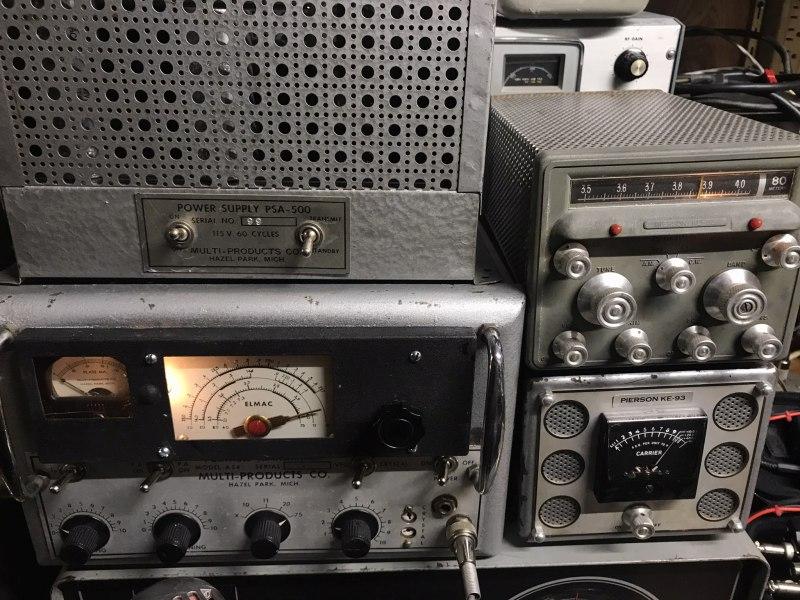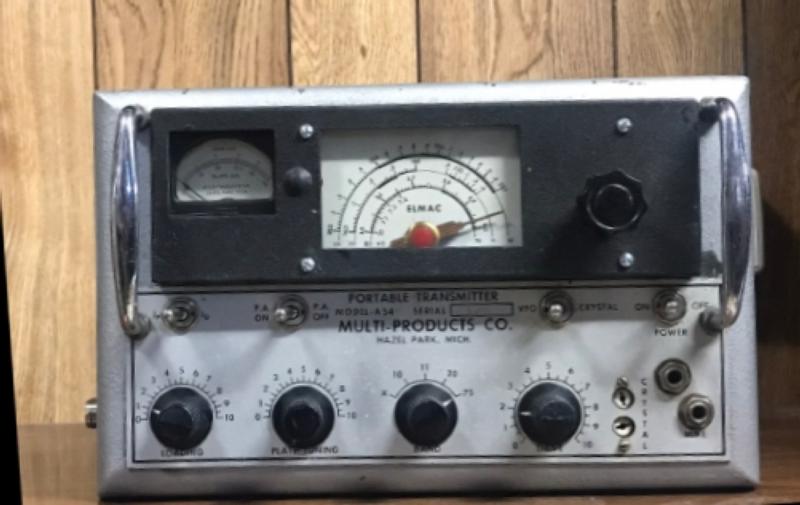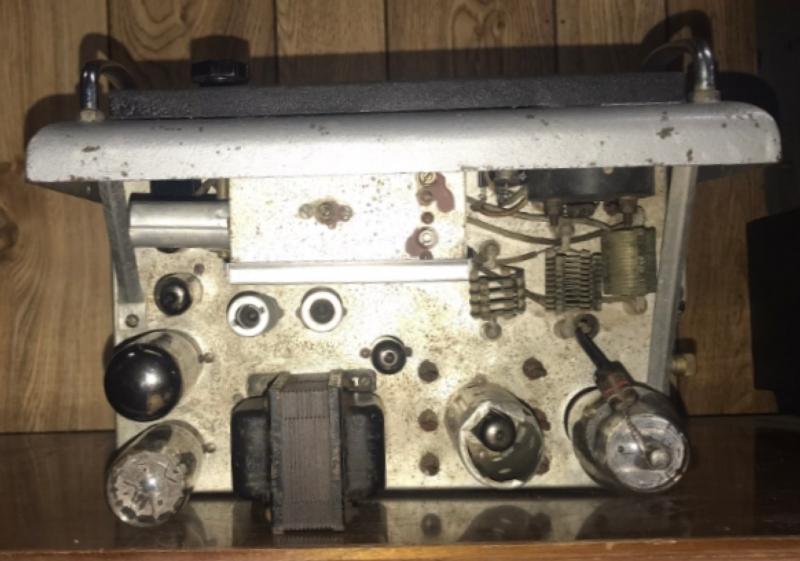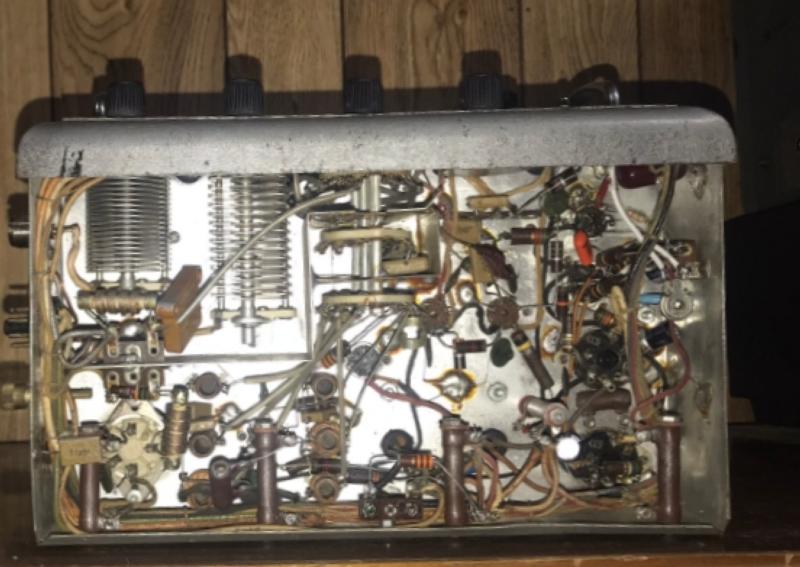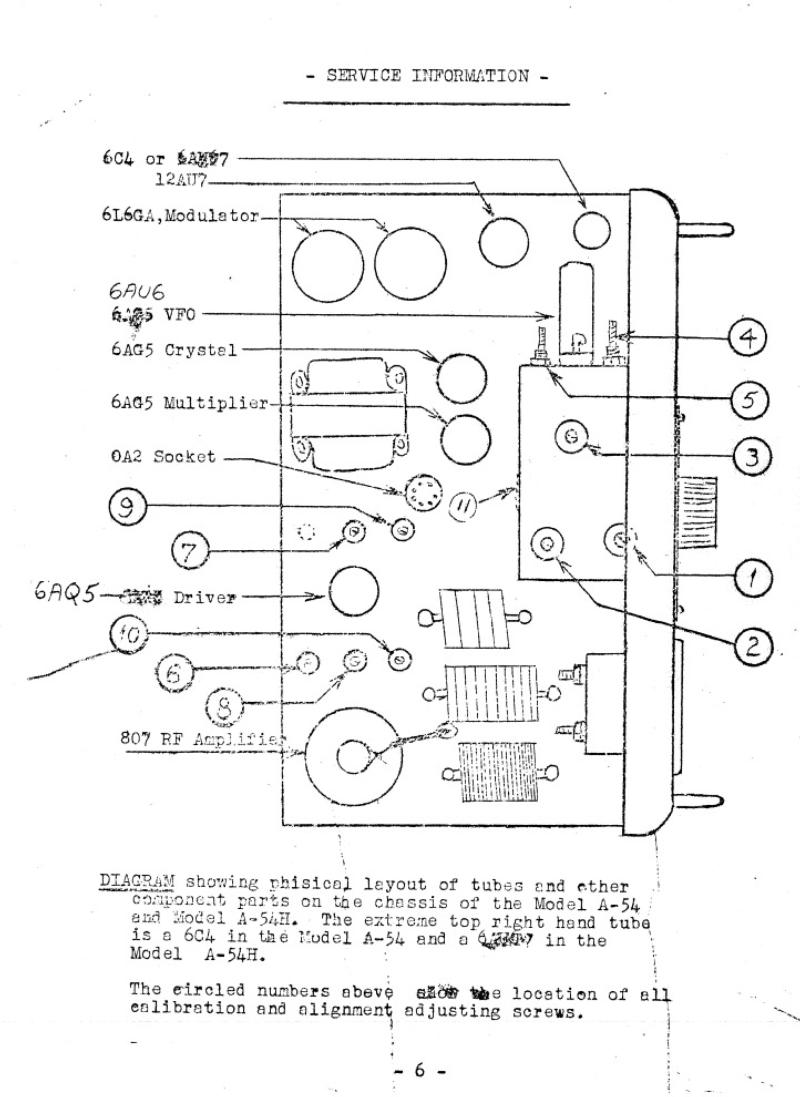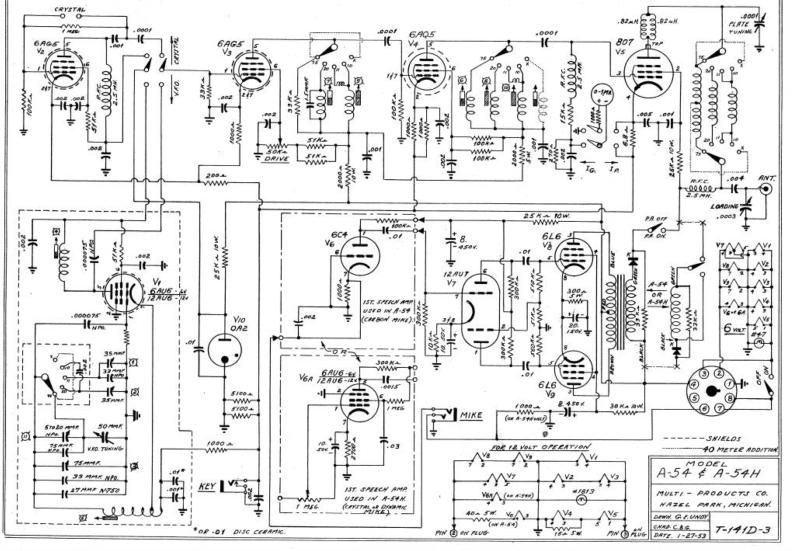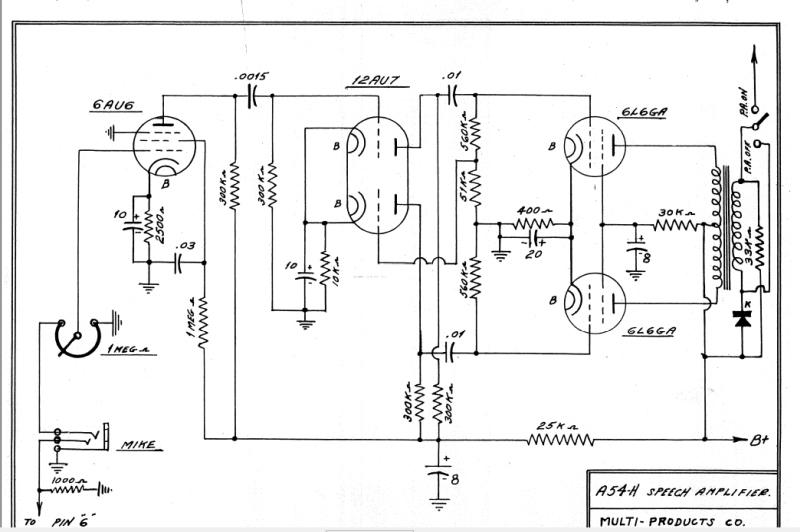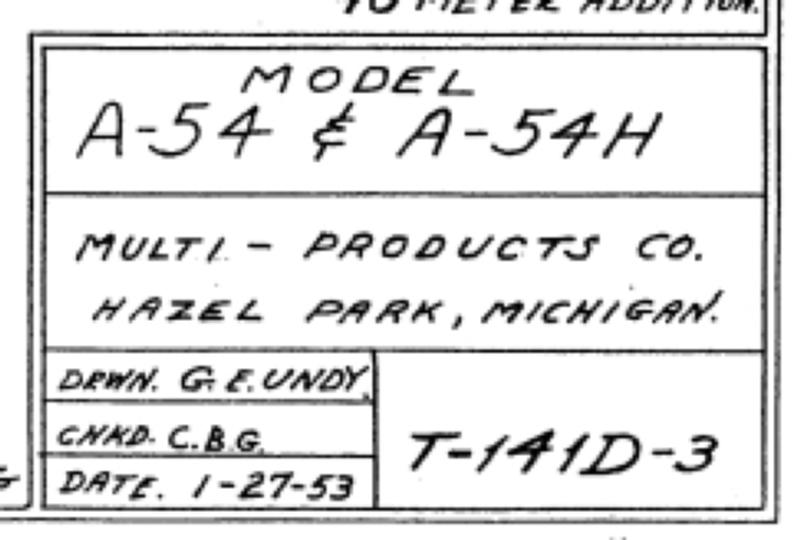
Posted By: Robert Nickels (ranickels) Posted: 01/13/2022 Vintage Ham Radio 01/13/2022 |
The Multi Elmac A54-H projectA tribute to Gus Undy W8YNC |
|
Elmac aka Multi-Elmac was actually the Multi-Products company after tube maker Eimac complained that their original name was too confusing. Most hams just call them Elmacs anyhow! The company was started by Cletus Collum in 1947 to commercialize his design of a radio-controlled opener for garage doors and gates. That product still lives on through the Stanley Company and it's successors. Of course the ham product lines ended with the end of the AM era, even though the company was a fairly significant maker of early CB radios in the 1960s. It's worth taking a moment to remember the designer of the first "Mighty Elmac", the A-54 transmitter, in 1952. Rather than summarize his life, here's a snippet from his 2013 obituary that does a nice job of it: "Gus was a man of his times. Born in Hungary in 1920 shortly after the Spanish flu
Elmac was a small company and one neat bit of ham history can be seen below - Gus's initials in the title block of the A54-H schematic...which he drew himself! The A54 came in two flavors: the plain A54 had a 6C4 speech amplifier wired for a carbon mic, which was probably the better choice due to the inherent "punch" the carbon mic gave to a low power AM signal. But most hams preferred the A54-H which swapped the 6C4 for a 6AU6 pentode for extra gain to drive the modulator with a high impedance crystal or dynamic mike. Many hams did the conversion themselves, and in the case of mine, stopped about halfway through. My A54 was not fully "H-ifiied" as while the 6AU6 speech amp was present the modulator output was still wired the original way. As the schematic shows, the "H" model used the second set of contacts on the PA on/off switch to short the secondary of the modulation transformer when the PA was off. That seems like a really good idea since the modulator remains fully powered up when spotting with the PA off, and high voltage transients caused by inadvertent mic pickup could have easily damaged the mod transformer. I completed the modification and made other changes and updates. A previous owner had replaced most of the old electrolytic capacitors but made a few errors in the process. No one had ever added a mic gain pot on the input of the speech amp, without which it would go in to extreme audio oscillations. The official method evidently was to drill a hole in the panel cover and add the gain pot there, I just went with a small trimpot under the chassis, figuring it would be a set-and-forget adjustment as long as I didn't switch mics too much. Speaking of vintage mics, I found a Shure 55S had a problem, click here for my simple fix. The design is very straightforward. Two separate oscillators are used for crystal or VFO control and the switch selects between them. The buffer is broadband enough that tuning is not critical to obtain sufficient drive for the 807 final and no one every went wrong with a pair of 6L6s as a modulator! The fact that many A54s can be heard on the air is tribute to Gus's conservative design and selection of quality components. After the conversion was complete and the A54-H was producing 20-25 watts output with good modulation I decided it would make it's debut on the Mighty Elmac net where it was given a 20-over-9 signal report from net control WA6GYC in Troy MI, 330 miles away. Not bad for a low-power AM rig from the 1950s! The companion receiver for the A54 was the PMR-6 and I've used them but the selectivity is broader than desirable for a crowded band so I opted for the Pierson-Holt KE-93 instead. These are true communications receivers in a very compact package and having the power supply/speaker accessory make it easy to use on AC power. One of my VERSA-TR RF-actuated antenna relays was used to simplify operation. Since the Elmac PSA-500 has a set of normally-closed switch contact I'm using them for speaker muting, although the VERSA-TR can do this as well. I may change that around if/when I reconfigure the A54-H to drive an amplifier. And since there's no PTT relay I rewired the mic jack to have audio on the tip rather than ring contact so I can use vintage mics with a 2-circuit plug. It ain't "heavy metal" but it makes for a pretty snazzy-looking set up I think! |
|
Related Images
Click on the image title or on the image itself to open the full-sized image in a separate window.Latest Articles
|
Crystal Replacement
Posted: 02/38/2024
Comments: 0 |
How good can a crummy receiver be?
Hundreds of different simple SDR receivers have been designed around Dan Tayloe's Quadrature Sampling Detector or QSD. Mine add nothing to the state of the art, and in fact subtract things, as I like minimalist solutions and the QSD is right in that sweet spot. Following the evolution of Tayloe's design I delete the resistors in series with the sample lines for inst... READ MORE |

Technical
Posted: 02/37/2024
Comments: 0 |
What's in a number (3253)?
The FST3253 dual four-to-one mux/demux IC has long been used as a "Tayloe Detector" or QSD (and QSE) in low-cost SDRs. They provide incredible performance for such a simple circuit, converting RF to baseband IQ with low loss and the ultimate in simplicity. Unfortunately the original FST3253 part has become obsolete and while substitutes are available, this is where the... READ MORE |

Vintage Ham Radio
Posted: 02/32/2024
Comments: 0 |
The Stancor 10P Transmitter
There weren't really many commercial transmitters in the 1930s as most hams built their own. But many of the ones that were offered came from the transformer companies who had two chances to profit. First, from those who would buy the kit, and two, from those would would see it in the (free) booklets the companies provided to their distributors who would then sell the iron to ham... READ MORE |

Vintage Ham Radio
Posted: 12/355/2023
Comments: 0 |
The Care and Feeding of the EF Johnson Courier amplifier
The EF Johnson "Courier" is a grid-driven amplifier using two 811A tubes. Switching is provided for operating in either class C for CW or as a class B linear amplifier for AM or SSB. Rated power is 500 watts input for CW, 500 watts PEP input for SSB, and 200 watts input for double-sideband AM with carrier. Since all amateur power levels were meas... READ MORE |

Historic
Posted: 11/329/2023
Comments: 0 |
TV Duplexer
Some things are interesting, even if totally useless nowadays. Such is the case with the Philco 426-3034 Crossover Kit for UHF TV. What the heck is that? Well, back in the late 50s, UHF television stations operating on channels 14-83 started to appear in many areas of the US where viewers had a VHF-only TV antenna, and in many cases an externa UHF converter was... READ MORE |

Crystal Replacement
Posted: 11/327/2023
Comments: 0 |
Replacing failed crystals
For decades, quartz crystals were used everywhere a stable frequency source was needed, even in some applications that depended on overtone (harmonic) behavior into the VHF range. These crystals were less stable and more dependent on circuit parameters that fundamental types and thus more problematic. Such was the case with the 94 MHz crystal in the 2 meter converter ... READ MORE |

Historic
Posted: 11/315/2023
Comments: 0 |
My Own Ham Radio Story by W9RAN
Everyone has a story of how they got involved in ham radio - this is mine. It started much earlier, including receiving a Knight Kit Span Master shortwave radio for Christmas in about 1963, at age 12. I'll never forget the night my dad and I finished building it and I wanted to try it out. It came with a 50 ft. antenna which was still coiled up - but ... READ MORE |

Technical
Posted: 09/267/2023
Comments: 0 |
Hot to simulate vacuum tubes in LTSpice
LTSice is a powerful simulation tool that is provided free by Linear Technology Corp. It comes with a complete library of passive and common analog solid-state components but if you want to use it to simulate vacuum tubes, it doesen't work as-is. Even though triode and pentode symbols can be found in the "Misc" folder, they are just schematic symbols and... READ MORE |
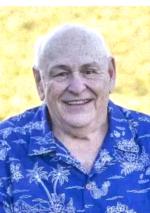
Friends Remembered
Posted: 07/208/2023
Comments: 0 |
Merv Schweigert, K9FD (SK)
Comments from Robert Nickels W9RAN, July 27, 2023: There is nothing worse for a ham radio operator than to see a beloved friends callsign with the letters "SK" behind them. Yet sadly, that's what happened on July 23, 2023, when I learned of the passsing of Merv Schweigert, K9FD. While many of our ham radio interests were different - Me... READ MORE |
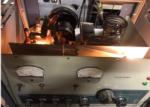
Vintage Ham Radio
Posted: 01/19/2023
Comments: 0 |
"Winter Projects"
I know many of us who enjoy restoring and repairing vintage gear look forward to winter when there is less competition for time and energy, and a chance to really make a dent in our "to be fixed" piles. A couple of years ago I set time aside for "Heathkit Singlebander Week" and went through every one of them I had, with the result that they're all working ... READ MORE |

